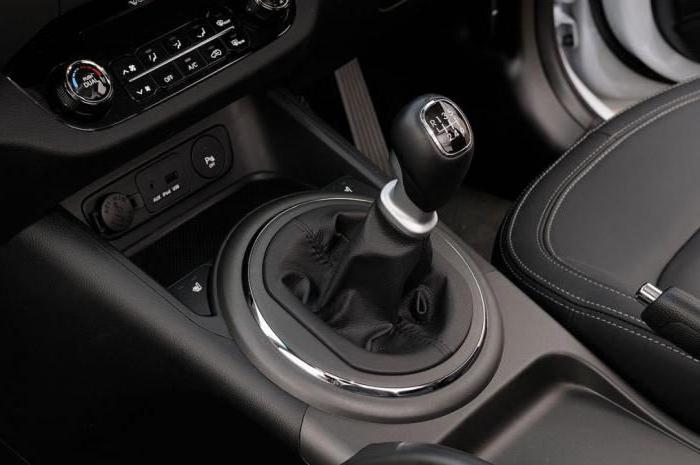Why there are pains in the stomach after eating.
Most often, if a person complains of pain in thestomach after eating, he has a detailed ulcerative process with detailed diagnostic tests. Gastric ulcer is an acute inflammation of the mucosa, i.e. the innermost cover of the stomach, in which, in addition to inflammatory phenomena, there are areas with naked, eroded surfaces, where this mucosa is absent.
The mechanism of development of both stomach ulcers and ulcersduodenum is still considered an open question in medicine. It is believed that in the development of ulcers, a significant role is played by the so-called aggression factors, which, during an exacerbation, prevail over the specific protective factors present in the stomach. The first include hydrochloric acid, bile acids, pepsin. This can also be attributed to the infectious factor presented by the H. Pylori bacterium. To the protective mechanisms hidden in the walls of the stomach, it should be classified as mucus secreted in it, good regenerative capacity of the mucosa, abundant blood supply of this area, synthesis of prostaglandins. In a healthy body, the factors of aggression are always in balance with the factors of protection.
If this balance is disturbed, pain occurs in thestomach. Symptoms that accompany ulcer disease, however, are not limited to pain effects alone. Often, people suffering from an ulcer, you can see the syndrome of dyspepsia. It is characterized by the appearance of heartburn, eructation, a feeling of nausea, which, with a strong sensitivity, can go into vomiting, a feeling of overflow in the stomach, and so on. However, the pain syndrome in the region of epigastrium is considered the leading disease in peptic ulcer, it is possible to determine approximately the localization of the ulcerative defect.
If pain occurs not immediately after eating, but througha certain period of time, after two or three hours or at night, it is believed that the ulcer is in the duodenum or duodenum. If a patient experiences stomach pain after eating almost immediately or after 30-60 minutes, the defect is most likely to be located in the stomach itself. Pain can easily provoke bias in the diet, when a person uses a sharp or overcooked food. Sometimes an ulcer can simulate heart disease, for example, an attack of cardiac asthma, angina or even a heart attack.
If the patient is constantly feeling pain in the stomachafter eating and was diagnosed with "peptic ulcer", he should immediately begin active treatment. It should always be remembered that gastric ulcers are more likely to have complications than those of the duodenal ulcers. With a stomach ulcer, stenosis of the pylorus (gatekeeper) is very quickly formed, which has a very negative effect on the patient's condition. Stenosis inhibits the normal evacuation of food taken and digested in the stomach, it stays in it for a long time, wanders, provokes vomiting. Even if a person eats, the food is not fully digested. The patient begins to grow thin and lose strength. The incessant pain in the stomach after eating or arising independently of it can indirectly indicate the degeneration of the ulcerative process into an oncological process. The percentage of transformation of stomach ulcers into cancer is very high.
What to do with stomach pain? The answer is one - go to the doctor and be examined. This will help to quickly detect a pathological focus and start a course of active antiulcer therapy. It includes a number of basic principles:
- strict adherence to the diet, which is based on the maximum shaking of the walls of the gastric mucosa;
- rejection of existing bad habits;
- physical and, most importantly, emotional rest for the period of intensive treatment;
- drug therapy that reduces excess gastric secretion, protects the mucous membrane, which has a harmful effect on H. Pylori, restoring motor skills and gastric emptying. </ ul </ p>










